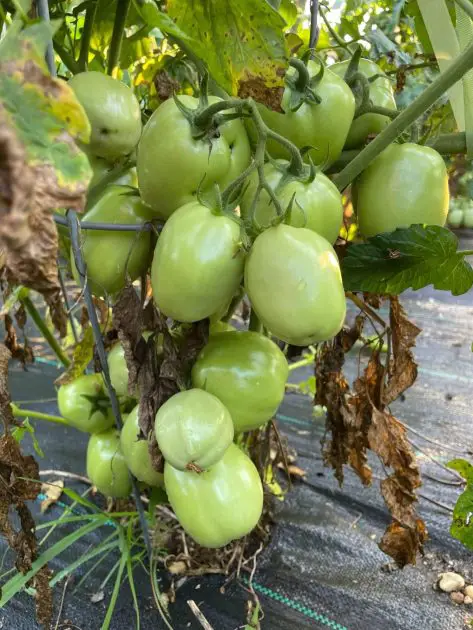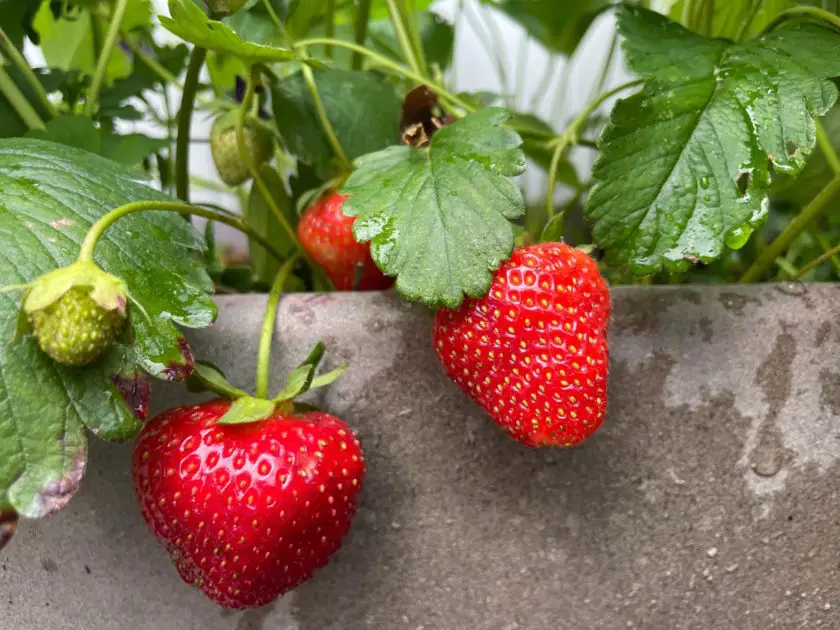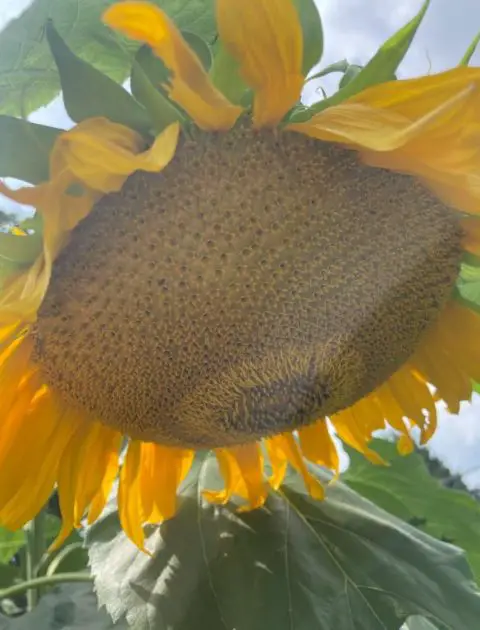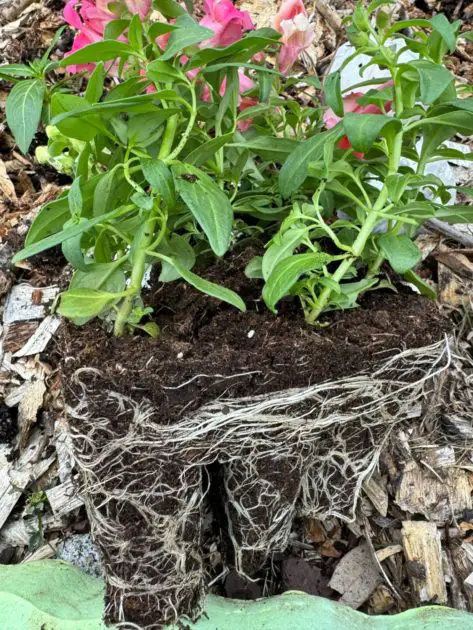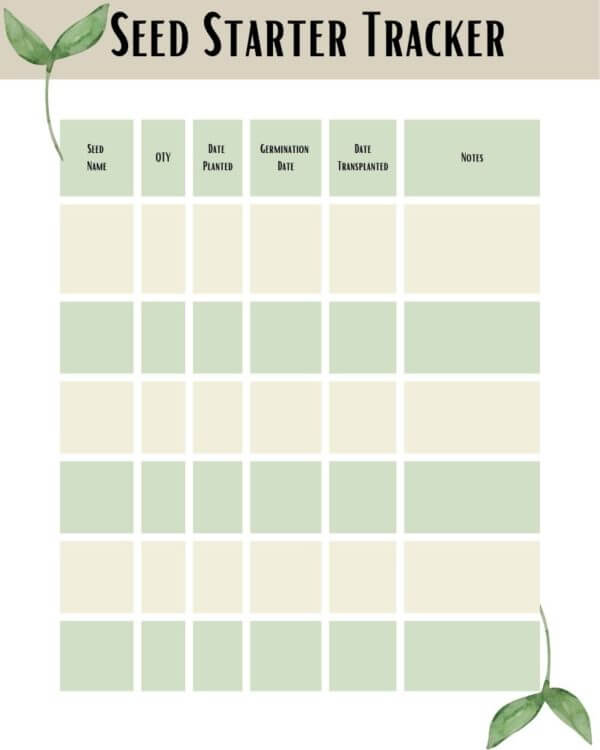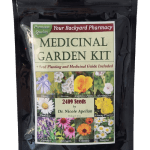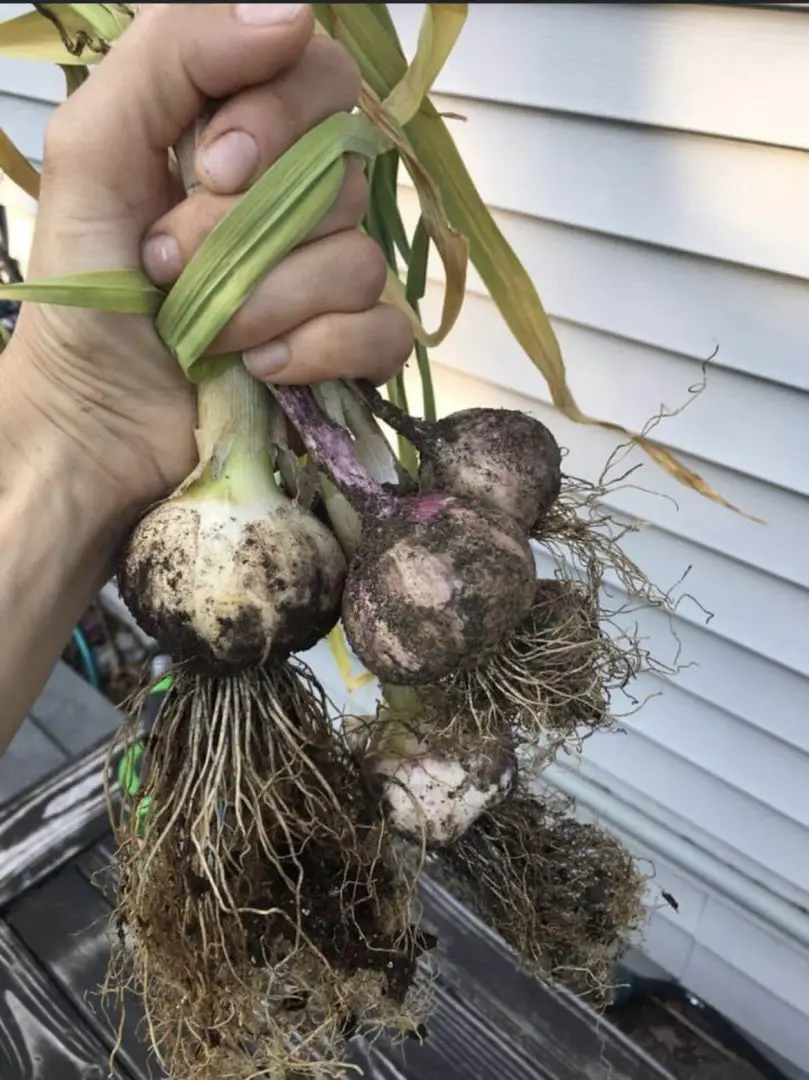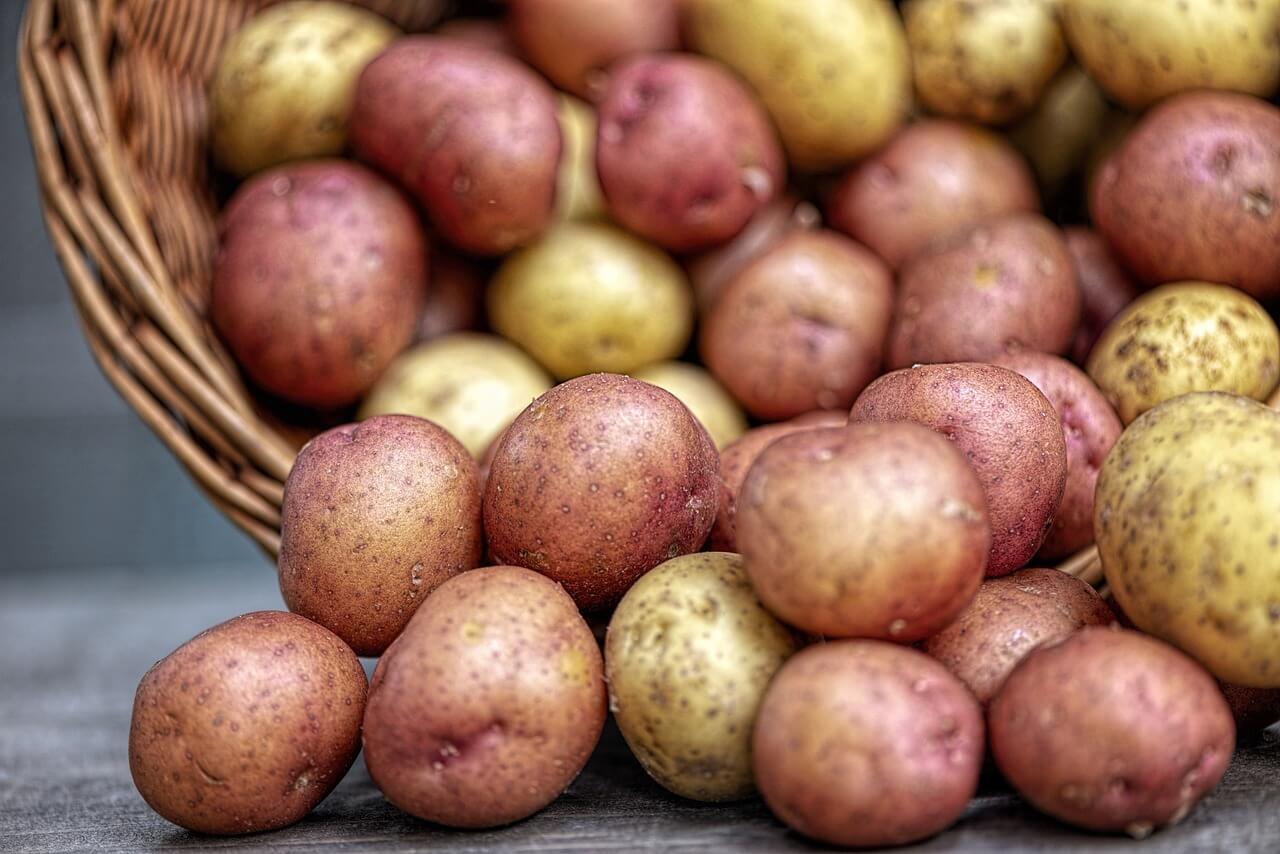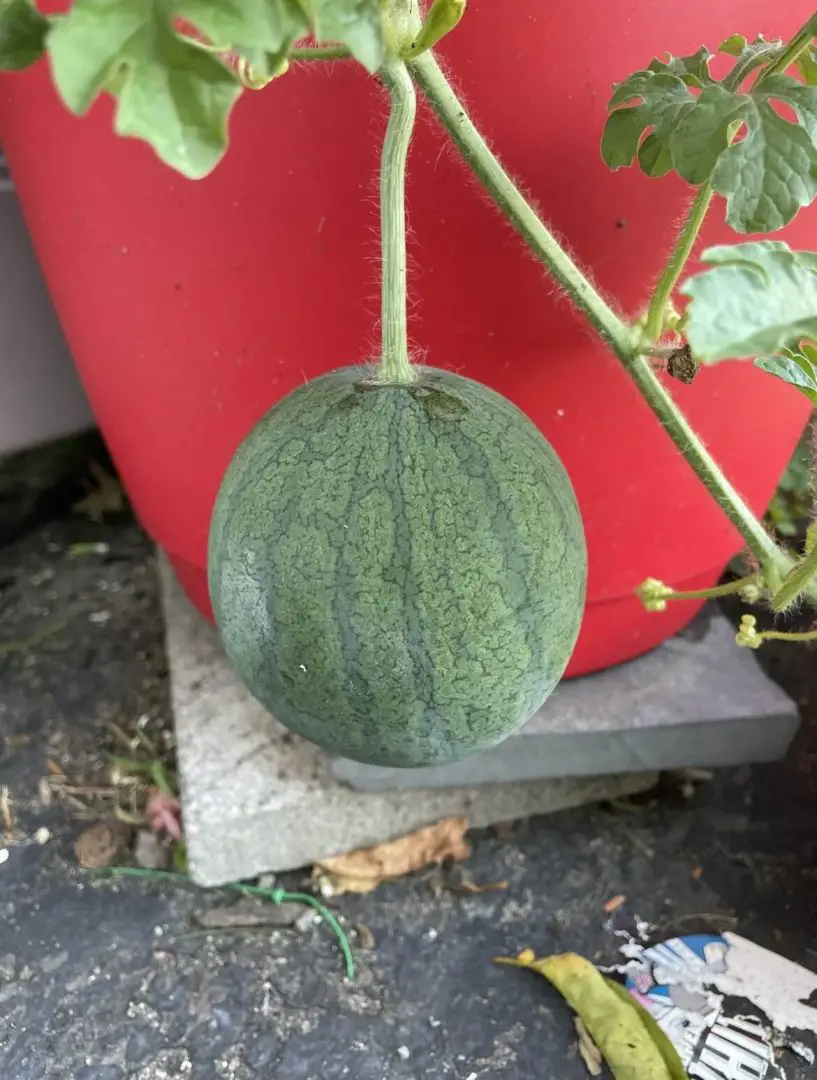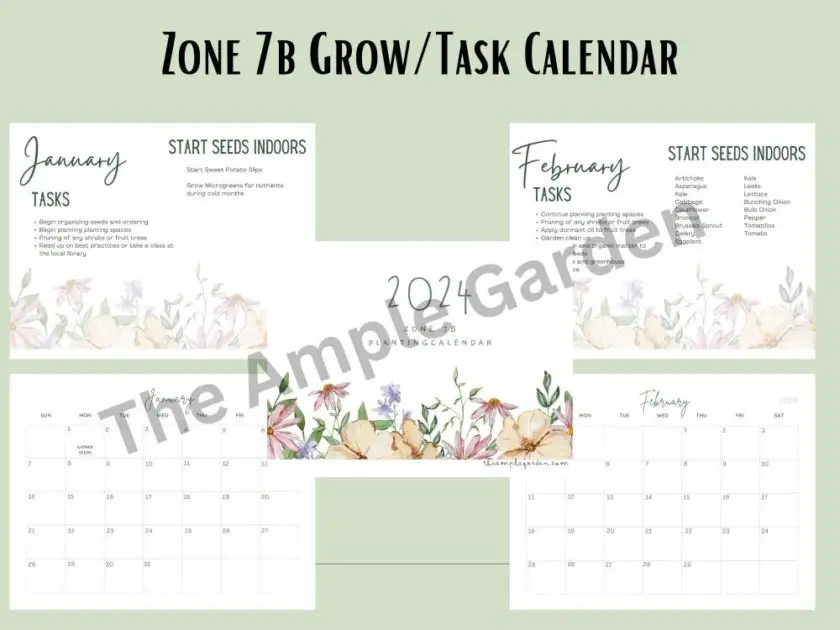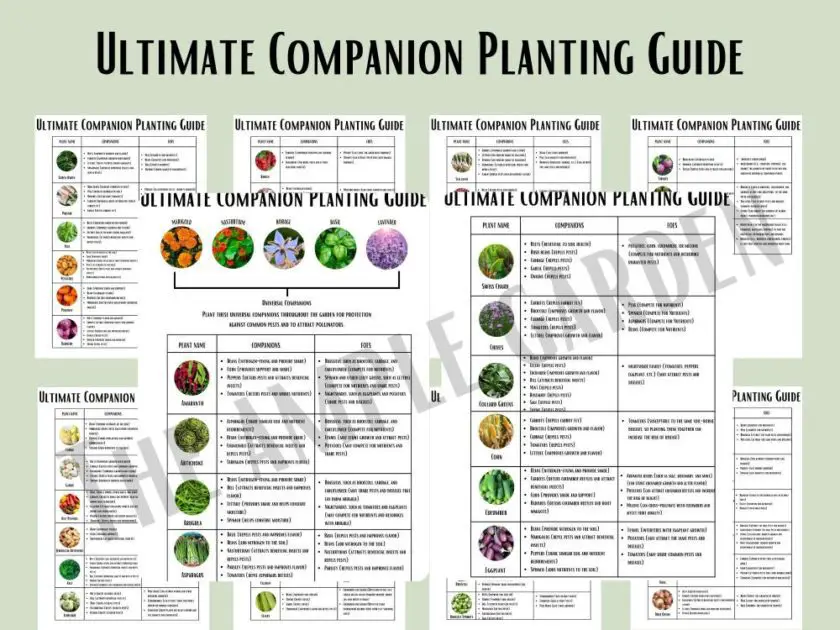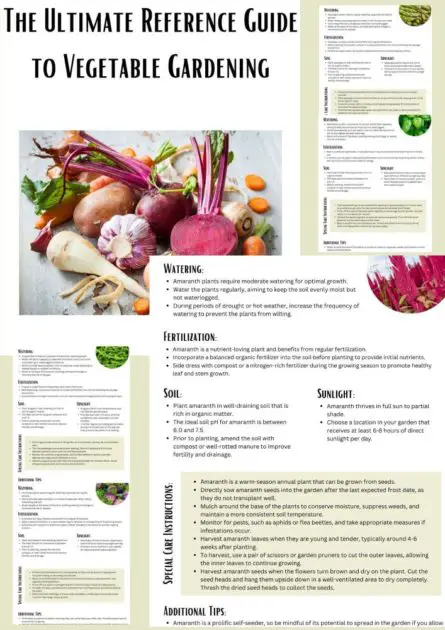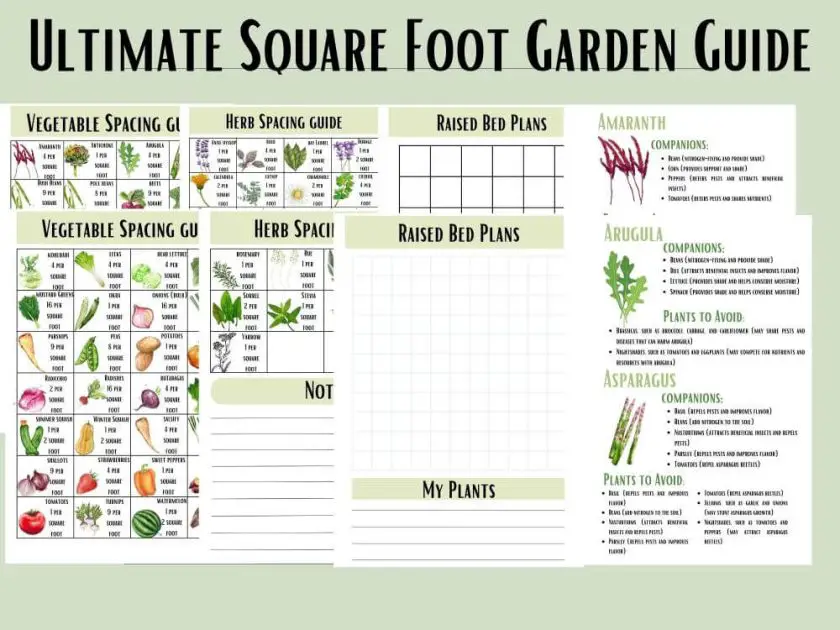Why are my tomato leaves turning yellow? It’s not uncommon for gardeners to notice the yellow leaves on tomato plants. Luckily, there are few explanations as to why this occurs. Overwatering, underwatering, nutrient deficiencies, diseases, pests, and environmental factors can all be factors in this problem.
It’s happened to almost all of us. You’ve planted a garden, maybe for the first time, and you’re excited about the delicious tomatoes you will soon enjoy.
After all, your plants looked great. You’ve babied the seedlings, perhaps even growing your own from seed.
Then one day, excited to check on your plants, you notice the yellowing and wilting of the leaves.
What happened? They were fine just a few days ago! There are many reasons for tomato leaves turning yellow.
Read on to discover what could be causing this issue and how to resolve it quickly so that you can be soon on the way to enjoying those tasty tomatoes!
Helpful Products from Amazon to Battle Tomato Leaves Turning Yellow
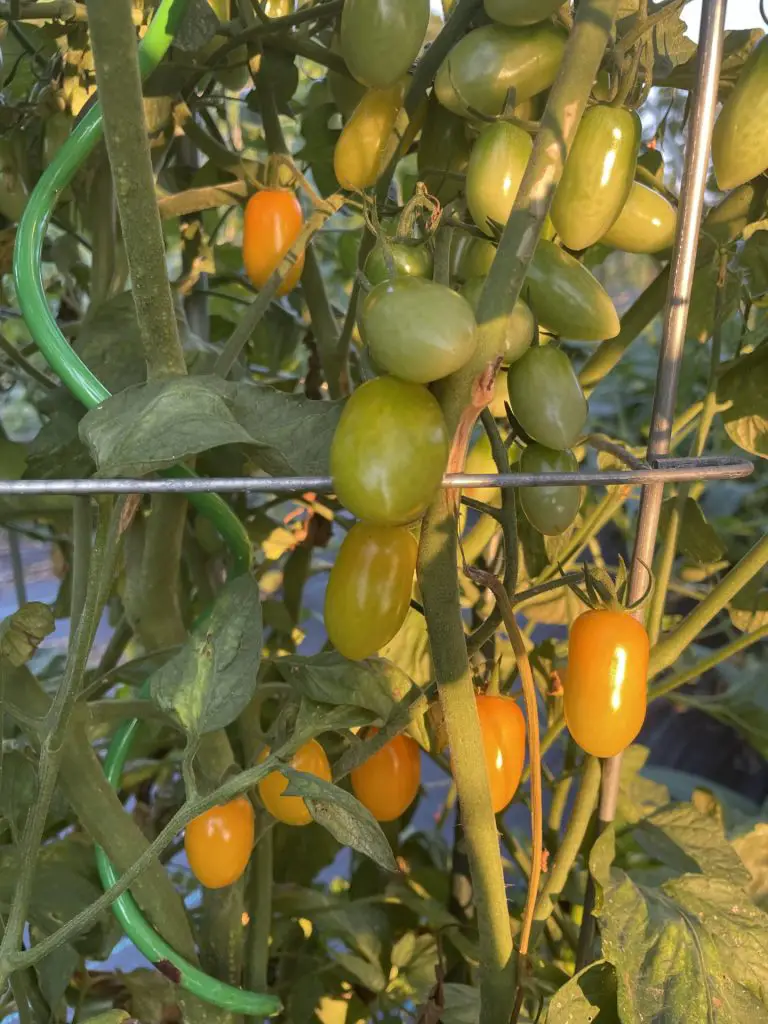 Pin
Pin 1. Overwatering Tomato Plants
One of the most common reasons for tomato leaves turning yellow is overwatering.
Tomatoes require adequate watering but overdoing it can lead to a condition known as root rot.
When the roots of a tomato plant are consistently saturated with water, they do not get enough oxygen which could lead them to die off. Luckily it’s easy to avoid overwatering tomatoes.
A good rule of thumb is to water deeply once a week and then only when the top two inches of soil are dry.
A moisture meter is a great tool to measure the levels of moisture in the soil. It will give you a clear idea of when to water your plants.
2. Underwatering Tomato Plants
A second reason why your tomato leaves may be turning yellow is due to underwatering.
Tomato plants need moist soil to be able to absorb the nutrients it needs from the soil.
When a tomato plant is unable to absorb these nutrients, its stores of chlorophyll can be depleted leading to the yellowing of its leaves.
Similar to overwatering, this is an easy fix.
Make sure to water the plant deeply at least once a week and then check the top two-inch layers of soil before you water.
If they are completely dry, water the plant. Again, a moisture meter can be used to take the guesswork out of the best time to water the plant.
If you are growing your tomatoes in containers, you may need to water more often due to the fact that containers tend to dry out more quickly in the warmer weather.
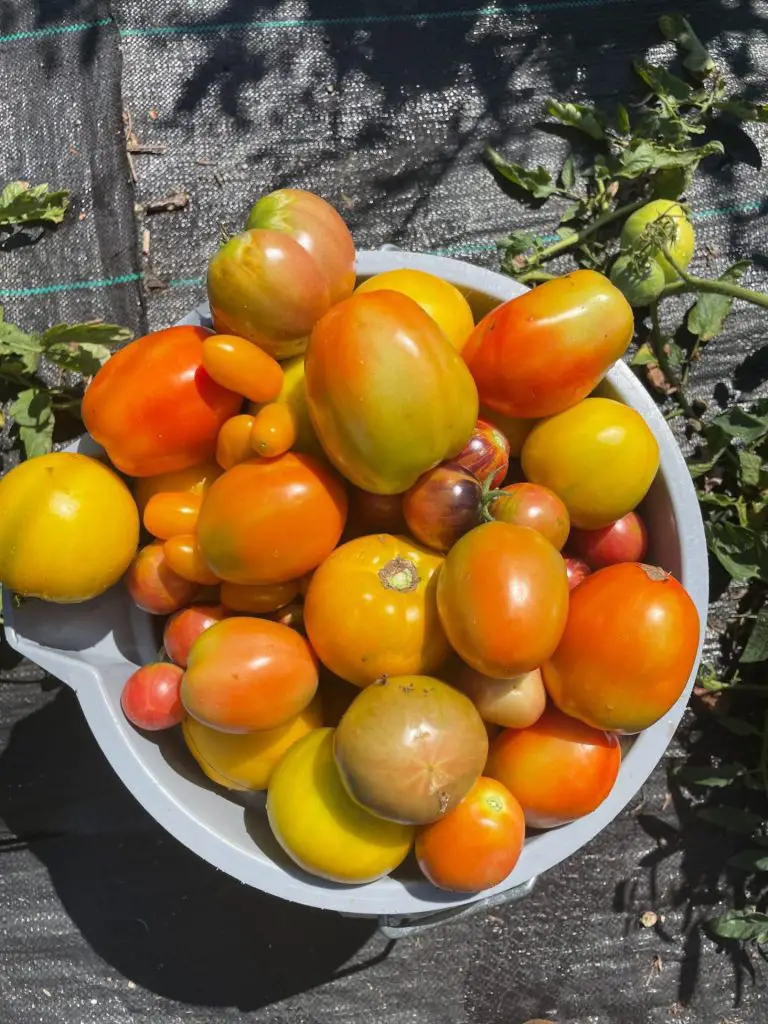 Pin
Pin 3. Tomato Leaves Turning Yellow Because of Nutrient Deficiencies
The next reason why your tomato leaves might be turning yellow is due to nutrient deficiencies.
We often see this with young tomato seedlings turning yellow. I like to use Superthrive on my young seedlings and throughout the growing season. It really gives the plant the boost it needs and can help create strong seedlings before planting outside.
Nitrogen, magnesium, and iron deficiencies are some of the most common reasons tomato plant leaves may be turning yellow.
Tomato plants are heavy feeders and need the addition of organic matter to keep them growing optimally.
By adding compost or a well-balanced fertilizer like Bumper Crop, you can mitigate the yellowing of leaves on your plant.
Be sure to water follow the packaging instructions for the application rate and water in fertilizer well making sure that it doesn’t end up on the leaves of the plant.
4. Tomato Leaves Turning Yellow Because of Diseases
The fourth reason why your tomato leaves may be turning yellow is because like most vegetables, tomatoes are susceptible to diseases that may cause their leaves to turn yellow.
Some of the most common diseases that affect tomatoes are early blight, late blight, and fusarium wilt.
Tomatoes inflicted with the disease will have other symptoms besides yellowing leaves.
Brown spots, stunted growth, and wilted leaves are all common symptoms.
To prevent disease in your tomato plants, it’s important to practice good gardening hygiene.
Clean all pruning shears with alcohol before use. Remove any diseased leaves and dispose of them properly.
Do not compost any of these leaves.
A foliar copper fungicide is also recommended as a preventative. Spray plants in the morning once a week or before heavy rainfall.
It’s important to spray in the early morning before the heat of the day sets in.
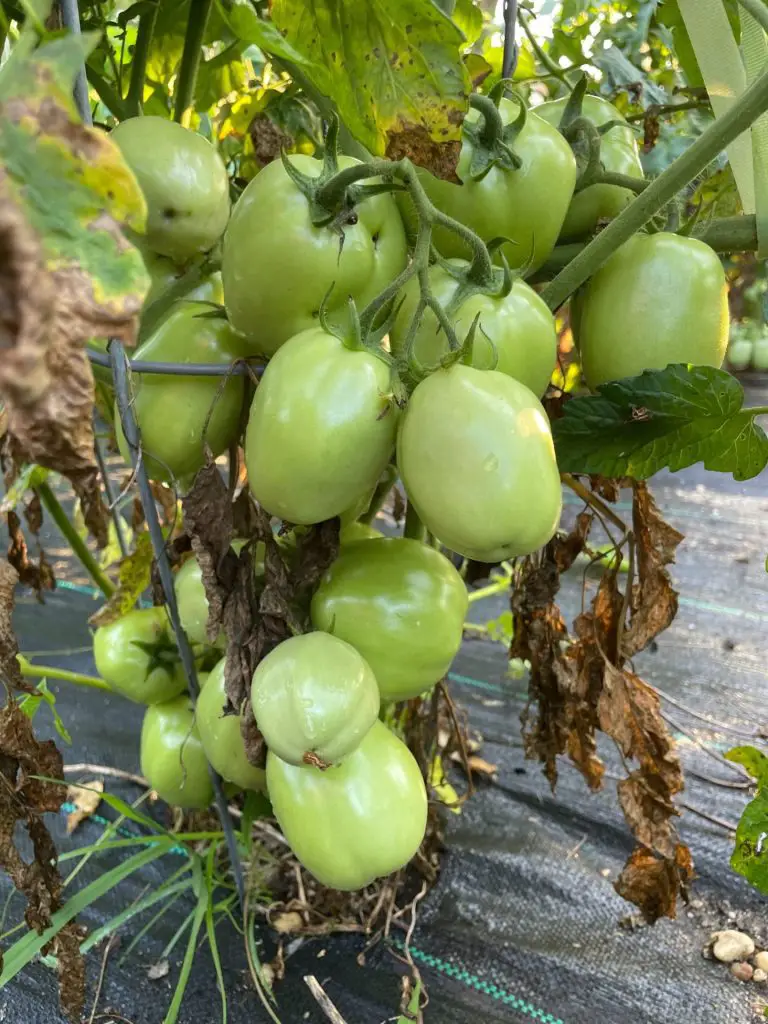 Pin
Pin 5. Pests As A Cause to Tomato Leaves Turning Yellow
A fifth reason for tomato leaves turning yellow is because similar to diseases, pests can inflict damage that my cause the leaves of our tomato plants to turn yellow.
Aphids, whiteflies, and spider mites are common insects that cause problems for tomato gardeners everywhere.
Introducing beneficial insects such as ladybugs or lacewings can help combat these insects naturally.
If you have young children at home, they will love helping you release ladybugs onto your plants.
Conversely, you may use insecticidal soap to spray plants that may be battling pests.
Be sure to spray in the early morning every other day until the pests have been eradicated.
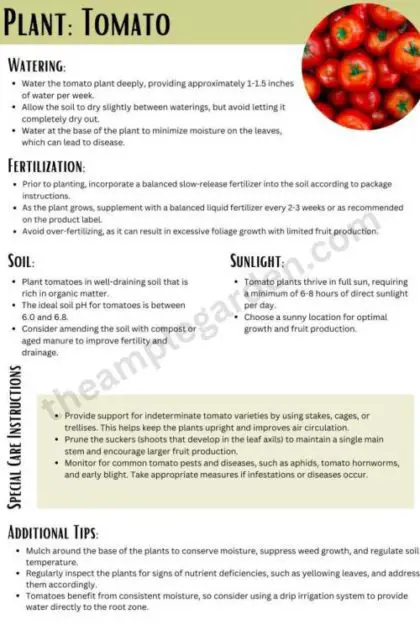 Pin
Pin
6. Environmental Factors
The final reason why your tomato leaves may be turning yellow is due to some environmental factors.
Extreme temperatures, too much or too little sun as well as accidental exposure to chemicals can all be responsible.
To avoid environmental factors, make sure your tomatoes are growing in the best possible location.
They should be planted in an area that is not too shady and where they won’t be accidentally harmed by chemicals used to treat lawns or other vegetation.
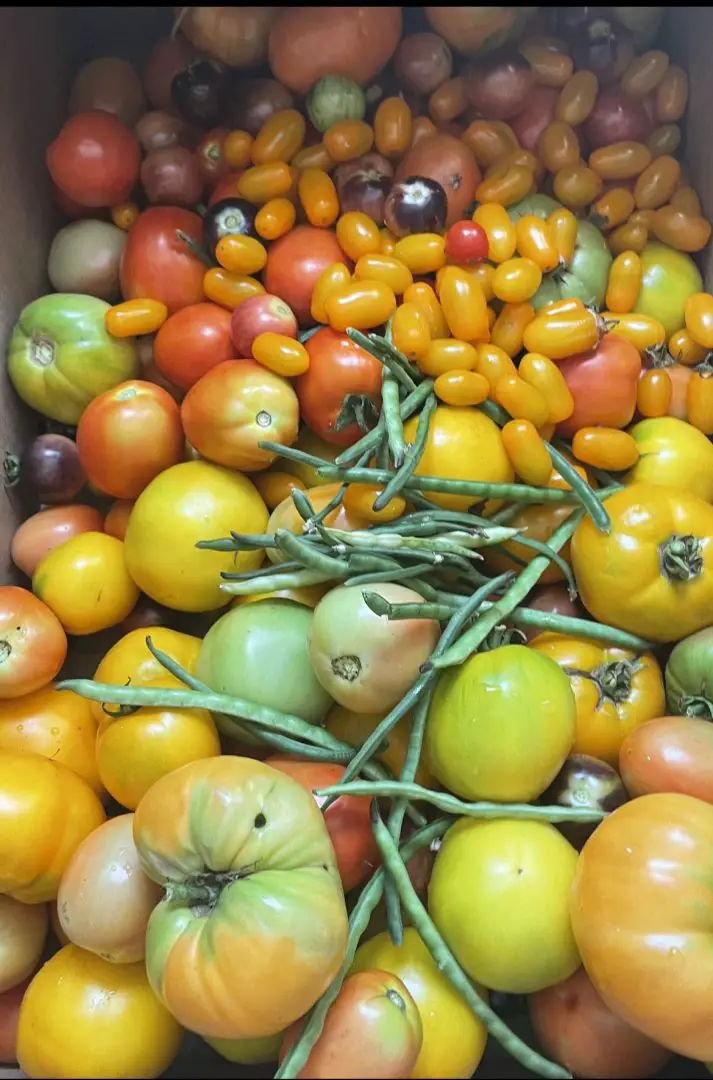 Pin
Pin Frequently Asked Questions About Tomatoes Leaves Turning Yellow
When should I plant my tomato seedlings?
The timing for planting tomato seedlings varies depending on your climate and the variety of tomatoes you are growing. In zone 7b, I start my seeds indoors around March.
Tomato seedlings can be planted outdoors once the soil temperature has reached at least 60°F and all danger of frost has passed. For most areas, this will be in the spring, but it’s important to check your local climate and weather conditions before planting.
How much should I water my tomato plants?
Tomato plants require consistent moisture, but too much or too little water can be detrimental to their growth. In general, tomatoes need about 1 inch of water per week, either from rainfall or irrigation.
However, the amount of water your plants need may vary depending on your soil type, climate, and the stage of growth of your plants. It’s important to monitor the moisture level of your soil and adjust your watering accordingly.
How often should I fertilize my tomato plants?
Tomato plants require a variety of nutrients to grow and produce fruit. While some gardeners prefer to use natural fertilizers, such as compost or manure, others may opt for synthetic fertilizers.
Regardless of the type of fertilizer you use, it’s important to fertilize your tomato plants regularly throughout the growing season. Most gardeners will fertilize their plants every 2-3 weeks, starting when the first fruits appear.
How do I prevent pests and diseases from affecting my tomato plants?
Tomato plants are susceptible to a variety of pests and diseases that can affect their growth and yield. Some common pests include aphids, whiteflies, and hornworms, while diseases such as blight and wilt can cause leaves to turn yellow and wither.
To prevent these issues, it’s important to practice good garden hygiene, such as removing plant debris and rotating your crops. You can also use natural pest control methods, such as companion planting and introducing beneficial insects, to help control pests.
How do I support my tomato plants as they grow?
Tomato plants require support as they grow, especially if they are indeterminate varieties that can reach several feet tall. There are several methods for supporting tomato plants, including using stakes, cages, or trellises. The method you choose will depend on your preference and the size of your plants.
How do I know when my tomatoes are ripe and ready to harvest?
Tomatoes are ready to harvest when they have reached their mature color and are firm to the touch. The exact timing for harvesting will vary depending on the variety of tomatoes you are growing and your climate.
It’s important to monitor your plants regularly and harvest the tomatoes as soon as they are ripe to prevent them from becoming overripe or damaged.
Can I grow tomatoes in containers?
Yes, tomato plants can be grown in containers, making them a great option for gardeners with limited space or poor soil.
When growing tomatoes in containers, it’s important to choose a pot that is large enough for the plant to grow and has good drainage. You may also need to water your plants more frequently and fertilize them regularly to provide them with the nutrients they need.
Final Thoughts
Growing your own tomatoes in your garden can be highly rewarding. The fresh taste of garden-grown tomatoes can’t be beaten.
By monitoring your plants and ensuring you are meeting their needs, you can avoid yellowing leaves or fix the issue when it occurs.
Let us know in the comments below if you have any questions and as always, Happy Growing!

